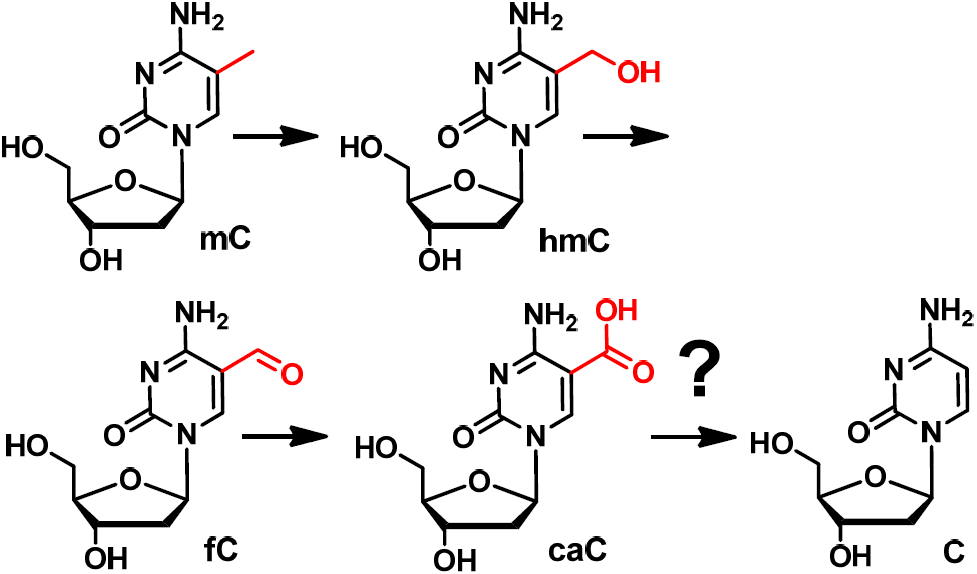Prof. Thomas Carell (Ludwig-Maximilians-Universität, Munich & Charité Universitätsklinikum, Berlin, Germany)
DNA Bases Beyond Watson and Crick
Abstract
I am going to discuss the latest results related to the function and distribution of the new nucleobases 5-hydroxymethylcytosine (hmC), 5-formylcytosine (fC), and 5- carboxycytosine (caC).1 These nucleobases seem to play an important role in epigenetic reprogramming of stem cells and some of these bases are also detected at relatively high levels in brain tissues. I will present new synthetic routes that enable preparation of these compounds and of the corresponding phosphoramidites using modern metal organic chemistry. Finally I will discuss how chemistry leads to new insights into the biology of stem cell development processes.
In particular mass spectroscopy in combination with the availability of isotopically labeled material allows investigation of the distribution of these novel bases in various tissues and during stem cell development. The recently discovered base formylcytosine for example, is present at relatively high levels in stem cells and its distribution varies during development in a wave like fashion. I am going to describe the distribution of carboxylcytosine in somatic tissues and in stem cells and will provide new quantitative data derived from a detailed mass spectrometric analysis.
In order to elucidate the function of the nucleobases we devised a new isotope tracing experiment that enables us to unravel the biochemistry of the bases with high precision and accuracy. I will discuss the synthesis of double [15N]-labeled hmC, fC and caC and the preparation of DNA containing these isotopologes. The DNA strands are subsequently added to stem cell nuclear extracts and the formation of the novel nucleobases is followed by high sensitive mass spectrometry.1

References
- Schiesser, B. et al. Angew. Chem. Int. Ed. 2012, DOI: 10.1002/anie.201202583.



